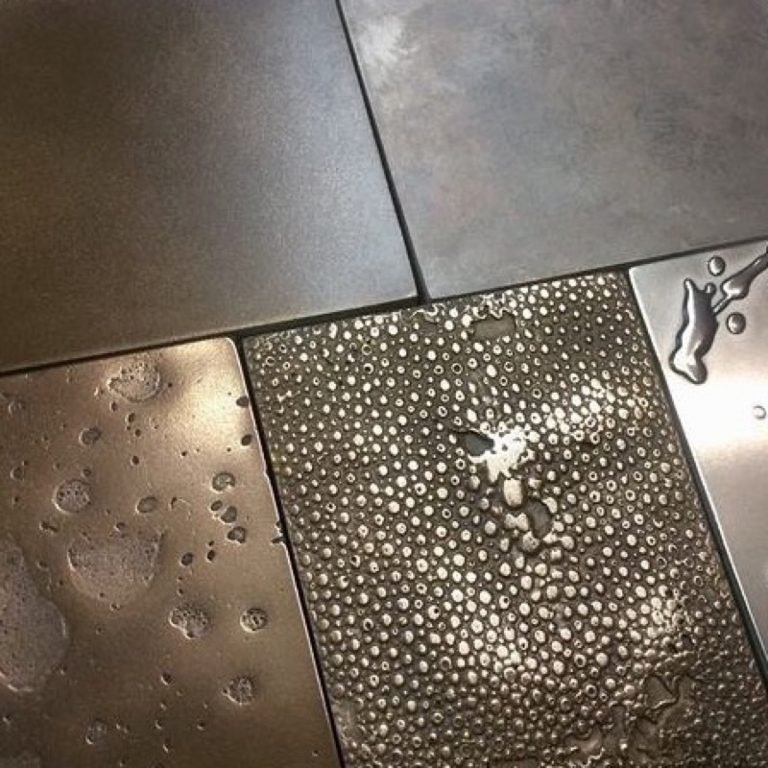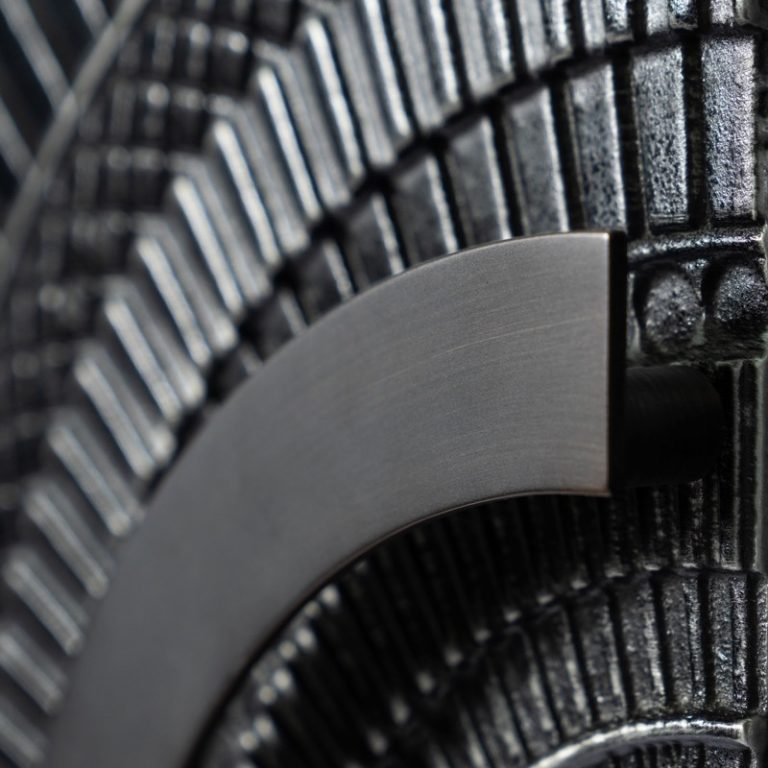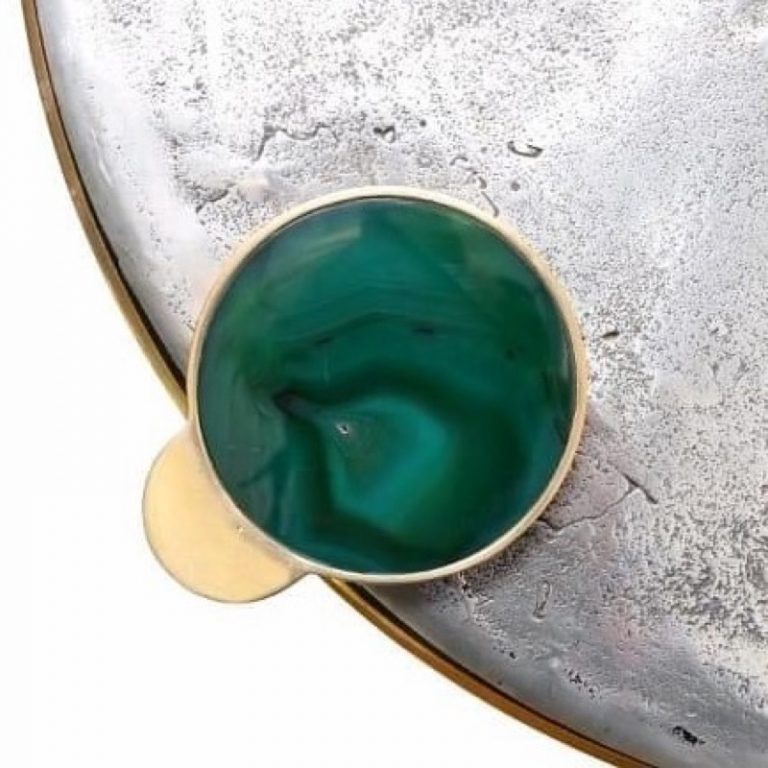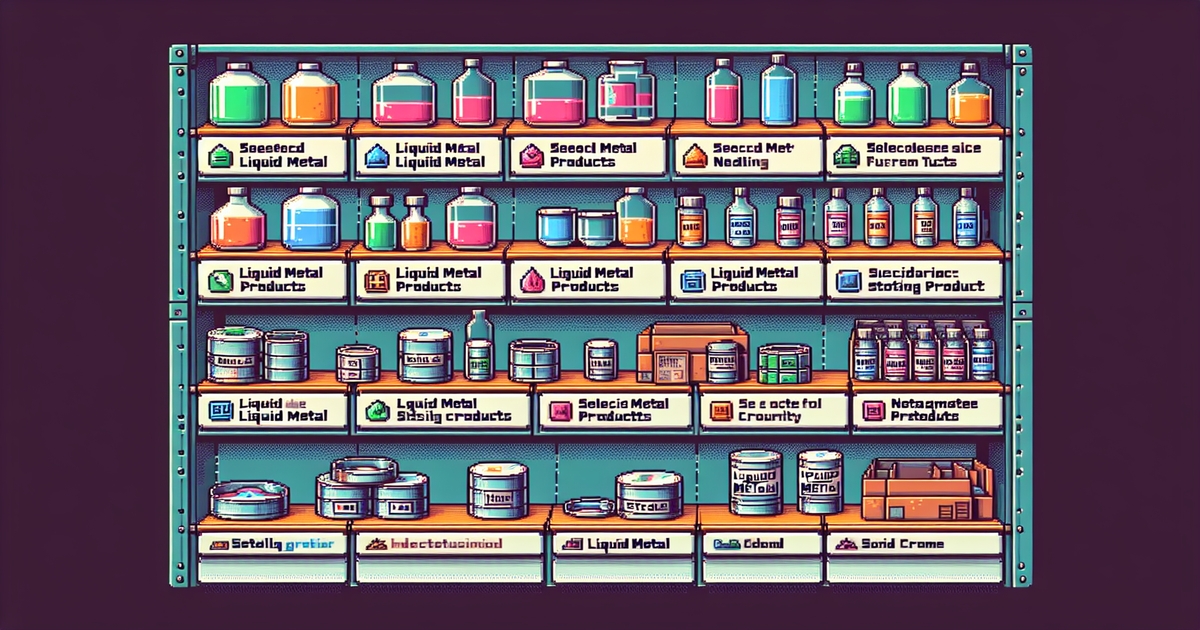
Selecting the right liquid metal product for your coating selection needs in 2024, including coatings options like thermal spraying and thermal paste compounds, can be a game-changer. With so many options available, it’s crucial to know what suits your specific requirements and need to test the cpu for the best result. Factors like thermal conductivity, viscosity, and application purpose, such as liquid metal cooling, air cooling, and paste for CPU, play a significant role in your choice. You want a product that not only performs well with air cooling and liquid metal cooling but also fits within your budget while you test thermal paste.
Understanding these elements, including test methods, stock cooling, liquid metal cooling, and thermal paste, will help you navigate the market with confidence. This guide will break down the essentials of stock cooling, thermal paste, and liquid metal cooling, making it easier for you to make an informed decision. Dive into the world of liquid metals, thermal paste, and stock cooling to discover how to choose the perfect fit for your projects this year.
Key Takeaways
- Understand the key factors for selection, such as thermal conductivity and viscosity, for stock cooling to ensure you choose a liquid metal product that meets your specific needs.
- Compare different liquid metal options, such as thermal paste and stock cooling, by evaluating their properties and performance metrics, which can help you make an informed decision tailored to your project.
- Use the tips for application provided in the article, including thermal paste and stock cooling, to maximize the effectiveness of your chosen liquid metal product, ensuring optimal results.
- Consider performance and testing insights shared in the article, including stock cooling, thermal paste, and liquid metal cooling, to gauge how different products perform under various conditions before making a purchase.
- Regular maintenance, including cooling, is crucial for longevity; follow the maintenance guidelines outlined to extend the life of your liquid metal product.
- Stay updated on trends and advancements in liquid metal technology for cooling in 2024 to make informed choices that align with your evolving needs.
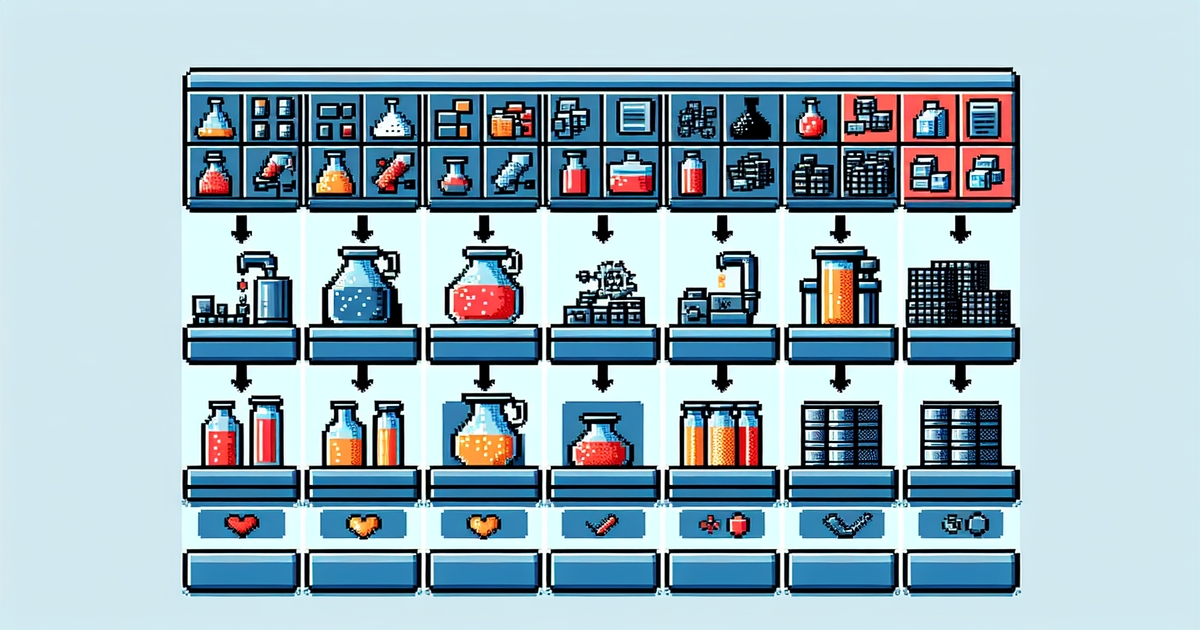
Key Factors for Selection
Understanding Thermal Conductivity
Thermal conductivity plays a vital role in heat dissipation. It measures how well a material can transfer heat. Liquid metal compounds have significantly higher thermal conductivity for cooling compared to traditional thermal pastes. For example, liquid metal can reach thermal conductivities of around 70 W/mK for cooling, while standard thermal pastes often range from 5 to 10 W/mK.
Higher thermal conductivity is crucial for performance. It ensures that liquid metal cooling allows heat to move away from critical components quickly. This reduces the risk of overheating. Efficient heat transfer leads to better overall system performance and longevity.
Importance of Viscosity
Viscosity defines a fluid’s resistance to flow. It impacts how easily a liquid metal product can be applied. A product with low viscosity spreads easily but may not stay in place under high temperatures. Conversely, a high-viscosity product stays put but may require more effort during application.
The spreadability of liquid metal products hinges on their viscosity. The right balance between viscosity and thermal performance is essential. A product must flow well enough to cover surfaces while maintaining effective heat transfer capabilities.
Evaluating Application Compatibility
Certain components are compatible with liquid metal compounds. These typically include copper and certain types of plastics. However, caution is necessary with aluminum surfaces. Liquid metals can cause damage if they react negatively with aluminum.
Potential risks of incompatibility should not be overlooked. Such reactions can lead to corrosion or degradation of materials over time. Always check manufacturer guidelines for compatibility before use. This step helps avoid costly mistakes and ensures optimal performance.
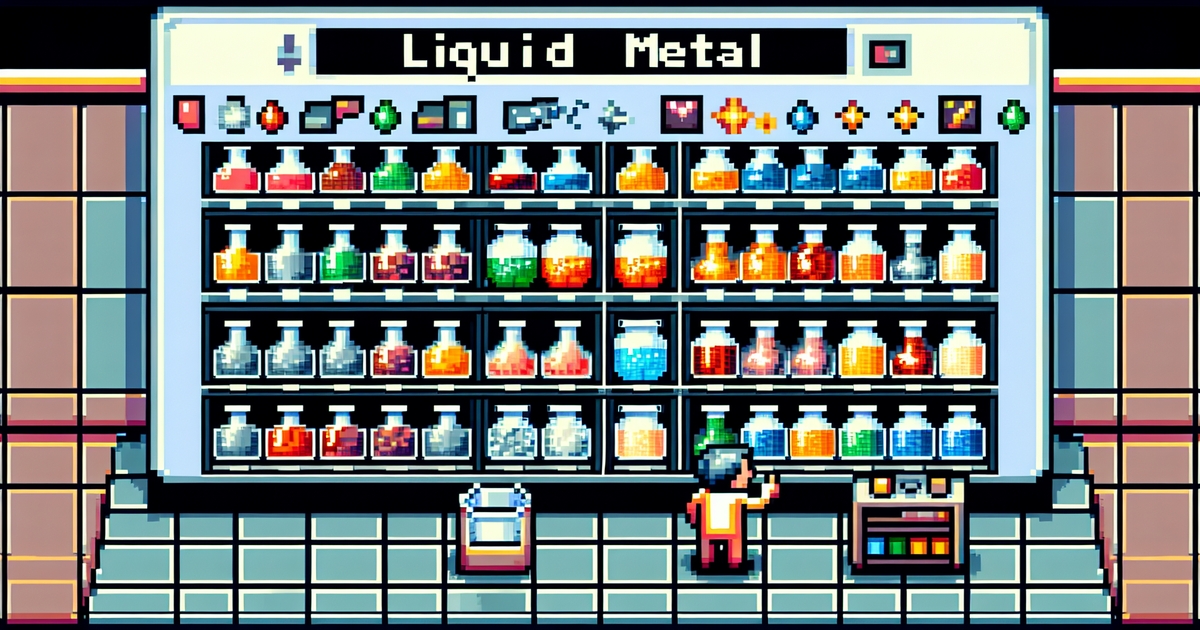
Comparing Liquid Metal Options
Premium Standard Compounds
Top-performing liquid metal compounds include Alphacool’s Eisfrost Extreme. This product stands out for its excellent thermal conductivity. Other notable options are Thermal Grizzly Conductonaut and Coollaboratory Liquid Pro. Each compound varies in price, with Alphacool typically being more expensive but offering superior performance.
Investing in premium compounds can greatly enhance high-performance systems. They often provide lower thermal resistance compared to traditional stock cooling methods. This results in better heat dissipation, which is crucial for overclocked CPUs and GPUs. Users can expect improved system stability and longevity when using these advanced products.
Non-Standard Compound Choices
Alternative liquid metals provide unique benefits that may suit specific needs. For example, some non-standard compounds have added features like corrosion resistance or enhanced viscosity. These traits can be beneficial in certain setups where standard options may fall short.
Scenarios exist where non-standard compounds might be preferred. Users with specialized cooling needs or unique hardware configurations often find these alternatives more effective. Evaluating the cost-effectiveness of these options is important. While they may have a higher upfront cost, they can save money in the long run by reducing the need for frequent replacements.
Top Liquid Metal Picks
For 2024, Alphacool’s Eisfrost Extreme remains a top choice among enthusiasts. Its combination of performance and reliability makes it ideal for serious gamers and professionals alike.
BeQuiet’s DC2 Pro offers a budget-friendly alternative without sacrificing too much performance. Many users praise its balance of cost and efficiency, making it a solid option for those on a tighter budget.
Comparing these picks based on user reviews reveals valuable insights. Experts often highlight the Eisfrost Extreme’s superior thermal conductivity in tests. Meanwhile, the DC2 Pro receives positive feedback for its ease of application and decent performance under normal conditions.
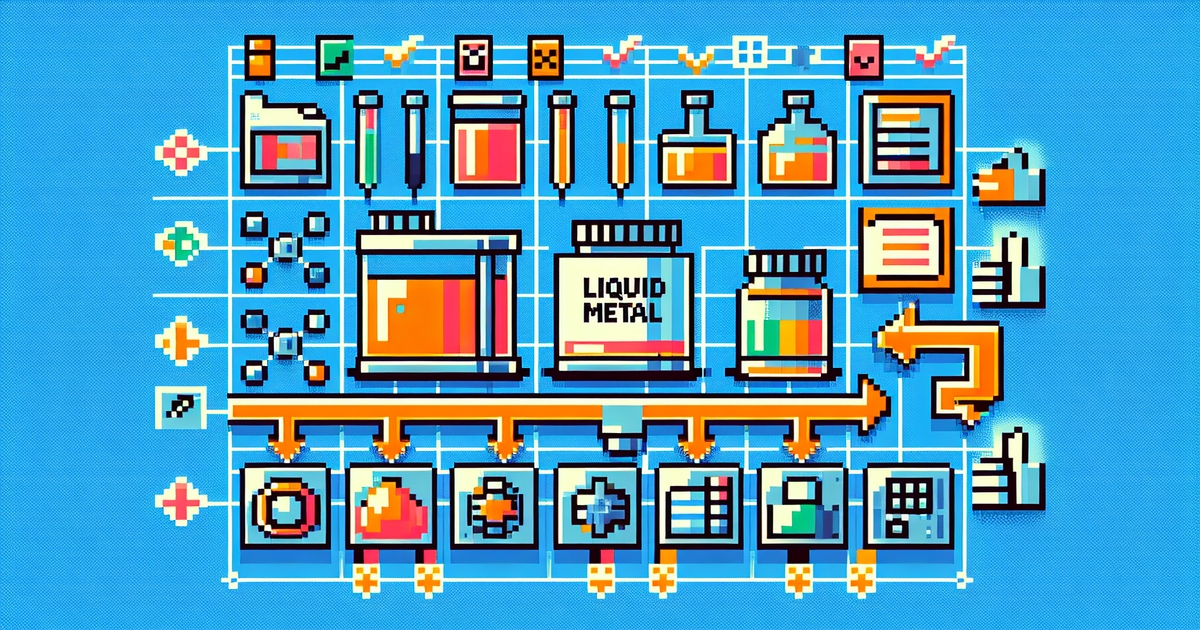
Tips for Application
Preparing the Surface
Cleaning the surface is essential before applying liquid metal. Start by powering off your device and removing its components. Use a soft cloth to wipe away dust and debris.
Removing old thermal paste residues is crucial. Any leftover paste can interfere with the new application. Isopropyl alcohol works best for this task. Apply it to a lint-free cloth and gently scrub the area until it is clean and dry.
Correct Application Techniques
Applying liquid metal compounds requires precision. Use a small amount on your applicator or brush. Spread it evenly across the surface in a thin layer. Avoid over-application, as this can cause electrical shorts between components.
A small brush or applicator helps maintain accuracy during application. It allows users to reach tight spots without spilling onto non-target areas. This technique ensures better performance and prevents potential damage.
Safety Precautions to Follow
Safety is vital when working with liquid metal products. Always wear gloves and eye protection during application. This protects against skin contact and accidental splashes in the eyes.
Keeping liquid metal away from non-target areas is important. It can create unwanted connections if spilled on circuit boards or other electronic parts. Be careful with your movements while applying.
Working in a well-ventilated area is also necessary. Liquid metal can release fumes that may be harmful if inhaled. Ensure proper airflow to minimize exposure.

Performance and Testing Insights
Thermal Paste Performance Rankings
Recent tests ranked various liquid metal products based on their cooling performance. Top-ranked products achieved impressive temperature reductions, often lowering CPU temperatures by up to 20°C compared to traditional thermal pastes. For instance, Liquid Metal Pro showed a significant drop in temperature during stress tests. This is crucial for gamers and power users who push their systems to the limits. Traditional thermal pastes typically fall short, offering only minor improvements in cooling efficiency.
Test System Configuration
The hardware setup for testing included high-performance CPUs and GPUs. A standard configuration ensured that results were consistent across tests. The test system often featured an Intel i9-9900K processor paired with an NVIDIA RTX 3080 graphics card. This setup allowed for accurate comparisons between liquid metal and traditional thermal pastes. Consistent test conditions are vital for obtaining reliable results. Software tools like HWMonitor and AIDA64 monitored temperatures during the tests, providing real-time data.
Analyzing Test Results
Temperature differences in the test results reveal important insights into product performance. A reduction of even a few degrees can significantly impact overall system stability and longevity. Users looking for optimal cooling should consider these metrics when selecting a product. The findings indicate that liquid metal is generally superior for high-performance applications such as gaming and heavy workloads.
e anomalies appeared in the data, particularly with one lesser-known product that underperformed despite claims of high efficiency. These unexpected findings highlight the importance of thorough testing before making a purchase decision. Selecting the right product based on solid data ensures better performance and reliability.
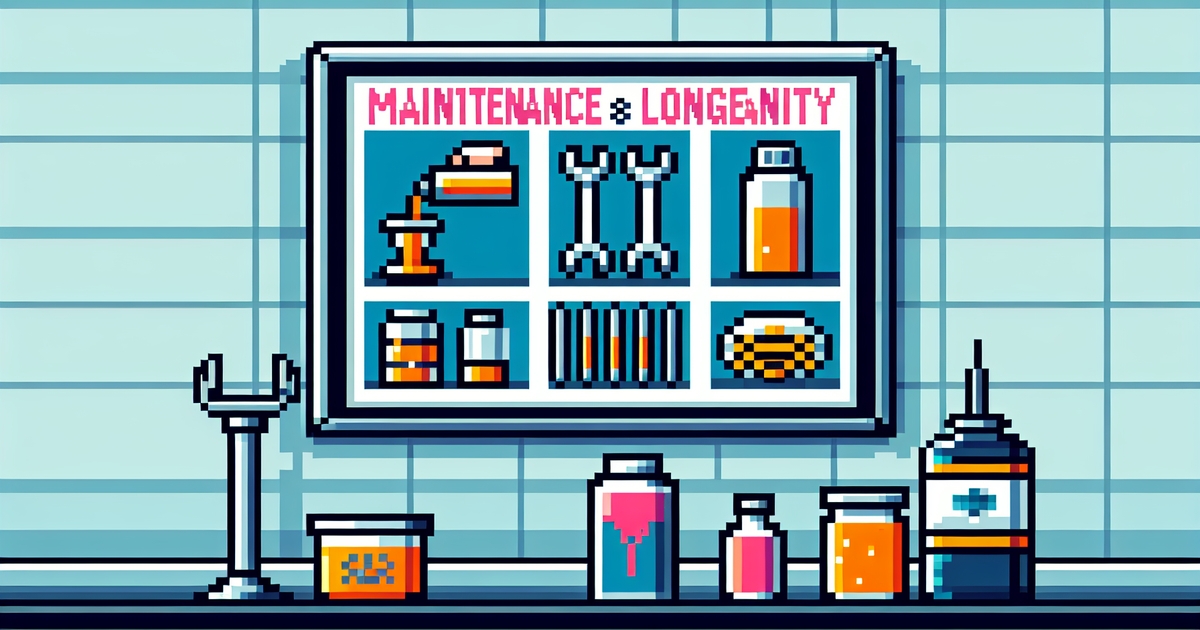
Maintenance and Longevity
Regular Maintenance Guidelines
Reapplying liquid metal compounds is essential for optimal performance. Aim to do this every 6 to 12 months. The specific interval can vary based on the product’s quality and usage. Monitor system temperatures regularly. Increased heat can indicate degradation of the thermal interface.
Check for leaks or unwanted spread of the liquid metal. This can happen around components like CPUs and motherboards. If you notice any irregularities, address them immediately. Keeping an eye on these factors ensures your system runs smoothly.
Signs of Wear and Tear
Visual indicators of liquid metal degradation include discoloration or separation. These signs suggest that the compound is losing its effectiveness. Performance symptoms also matter. If you experience increased temperatures during normal use, it may signal a problem.
When you detect wear, take action quickly. Shut down the system and assess the situation. Consider reapplying the compound or replacing it if necessary. Ignoring these signs can lead to more significant issues in the future.
Extending Product Lifespan
Maximizing the lifespan of liquid metal applications requires careful handling. Always follow the manufacturer’s instructions for application. Store unused liquid metal compounds in a cool, dry place. This helps maintain their quality over time.
Periodic system checks are crucial for ongoing effectiveness. Schedule these checks every few months to ensure everything functions properly. Look for any changes in temperature or leaks around components.
Investing time in maintenance pays off in the long run. A little care goes a long way in preserving your hardware’s performance and longevity.
Final Remarks
Selecting the right liquid metal product in 2024 is crucial for your projects. By considering key factors, comparing options, and understanding application tips, you can make informed choices. Performance insights and maintenance advice ensure your investment lasts.
Stay ahead of the curve by prioritizing quality and efficiency. Explore the best products that fit your needs and elevate your work. Don’t hesitate to dive deeper into research or consult experts to maximize your results. Your projects deserve the best—make the right choice today!
Frequently Asked Questions
How do I choose the right liquid metal product for my project?
Consider your application requirements, such as thermal conductivity, viscosity, and compatibility with materials. Evaluate performance specifications and select a product that meets your specific needs.
What are the key benefits of using liquid metal?
Liquid metal offers superior thermal conductivity, low thermal resistance, and excellent durability. These benefits make it ideal for applications in electronics, cooling systems, and heat sinks.
Are there any safety concerns with liquid metal products?
Yes, some liquid metals can be toxic or hazardous. Always follow safety guidelines and check for Material Safety Data Sheets (MSDS) before use to ensure safe handling.
How do I apply liquid metal effectively?
Clean the surfaces thoroughly before application. Use appropriate tools to spread the liquid metal evenly. Follow the manufacturer’s instructions for curing times and conditions for optimal results.
What maintenance is required for liquid metal applications?
Regularly inspect the application for signs of wear or degradation. Clean surfaces as needed to maintain performance, and reapply if necessary to ensure longevity and effectiveness.
How do I test the performance of a liquid metal product?
Conduct thermal conductivity tests using standardized methods. Monitor temperature differences under operational conditions to assess efficiency and performance against specifications.
What is the lifespan of liquid metal products?
The lifespan varies based on application and environmental factors. Generally, high-quality liquid metals can last several years if properly applied and maintained. Regular checks can help extend their longevity.



